Old Browser
This page has been recently translated and is available in French now.
Looks like you're visiting us from {countryName}.
Would you like to stay on the current country site or be switched to your country?


.png)

Multiparameter flow cytometric analysis of CD81 expression on human peripheral blood leucocyte populations. Human whole blood was stained with either PE Mouse IgG1, κ Isotype Control (Cat. No. 554680; Left Plot) or PE Mouse Anti-Human CD81 antibody (Cat. No. 566714; Right Plot) at 1 µg/test. After staining, the cells were treated with 1× BD Pharm Lyse™ Lysing Solution (Cat. No. 555899) to remove erythrocytes. Pseudocolor dot plots showing the correlated expression of CD81 (or Ig Isotype control staining) versus side light-scatter (SSC-A) signals were derived from gated events with the forward and side light-scatter characteristics of viable leucocyte populations. Flow cytometry and data analysis were performed using a BD LSRFortessa™ Cell Analyzer System and FlowJo™ software. Data shown on this Technical Data Sheet are not lot specific.
.png)

BD Pharmingen™ PE Mouse Anti-Human CD81
.png)
Regulatory Status Legend
Any use of products other than the permitted use without the express written authorization of Becton, Dickinson and Company is strictly prohibited.
Preparation And Storage
Product Notices
- This reagent has been pre-diluted for use at the recommended Volume per Test. We typically use 1 × 10^6 cells in a 100-µl experimental sample (a test).
- An isotype control should be used at the same concentration as the antibody of interest.
- Caution: Sodium azide yields highly toxic hydrazoic acid under acidic conditions. Dilute azide compounds in running water before discarding to avoid accumulation of potentially explosive deposits in plumbing.
- Source of all serum proteins is from USDA inspected abattoirs located in the United States.
- For fluorochrome spectra and suitable instrument settings, please refer to our Multicolor Flow Cytometry web page at www.bdbiosciences.com/colors.
- Species cross-reactivity detected in product development may not have been confirmed on every format and/or application.
- Please refer to www.bdbiosciences.com/us/s/resources for technical protocols.
Companion Products
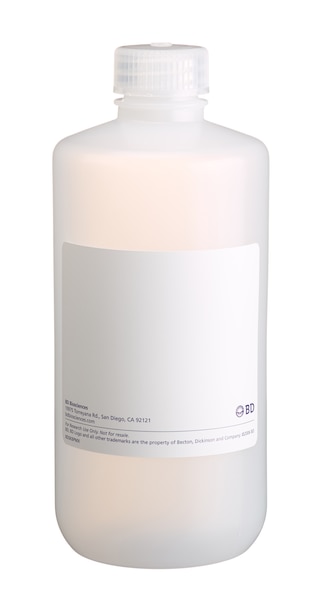
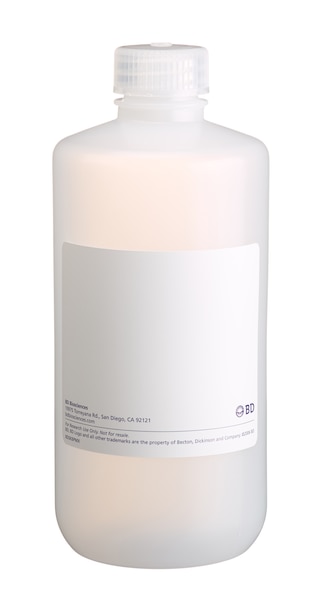
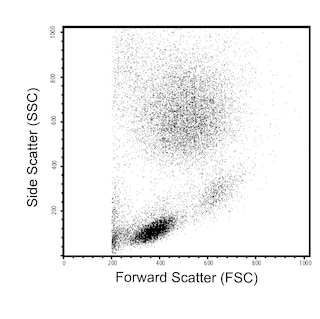
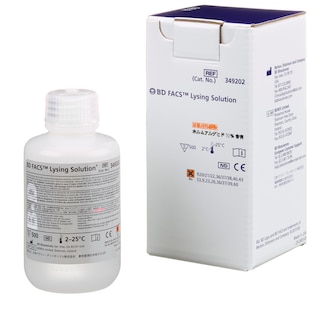
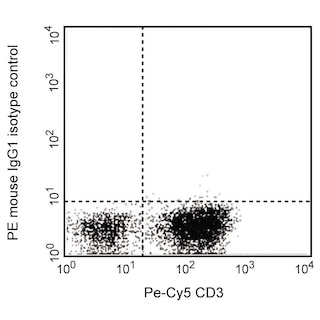
The 1D6 monoclonal antibody specifically binds to CD81 which is also known as, Target of the antiproliferative antibody 1 (TAPA1 or TAPA-1), Tetraspanin-28 (Tspan-28 or TSPAN28), or Common variable immunodeficiency 6 (CVID6). This ~26 kDa surface protein is encoded by CD81 that belongs to the tetraspanin or transmembrane 4 (TM4SF) superfamily. CD81 is composed of four transmembrane and two extracellular domains with intracellular N- and C-termini. CD81 has a broad cellular distribution. It is variably expressed on thymocytes, T lymphocytes, B cells, NK cells, eosinophils, germinal center follicular dendritic cells, monocytes, endothelial cells, epithelial cells, fibroblasts, and at low levels on neutrophils. CD81 is involved in signal transduction and the regulation of cellular growth and adhesion. It serves as a component of a multimolecular complex comprised of CD19, CD21, and CD225 that regulates the activation and growth of B cells. Abnormal CD81 expression is implicated in the growth regulation of some lymphomas and in CVID6 immunodeficiency which is characterized by low antibody production. CD81 can also serve as a receptor for hepatitis C virus (HCV). The 1D6 antibody can reportedly induce homotypic adhesion amongst hematolymphoid cells, inhibit the proliferation of some B-cell lines, and costimulate anti-CD3 antibody activated T cells.

Development References (8)
-
Bradbury L, Tedder TF. CD81 (TAPA-1), a component of the CD19/CD21 signal transduction complex. In: Schlossman SF. Stuart F. Schlossman .. et al., ed. Leucocyte typing V : white cell differentiation antigens : proceedings of the fifth international workshop and conference held in Boston, USA, 3-7 November, 1993. Oxford: Oxford University Press; 1995:690-691.
-
Carloni V, Mazzocca A, Ravichandran KS. Tetraspanin CD81 is linked to ERK/MAPKinase signaling by Shc in liver tumor cells. Oncogene. 2004; 23(8):1566-1574. (Biology). View Reference
-
Lanza F, Moretti S, Papa S, Malavasi F, Castoldi G. Report on the Fifth International Workshop on Human Leukocyte Differentiation Antigens, Boston, November 3-7, 1993.. Haematologica. 79(4):374-86. (Clone-specific). View Reference
-
Levy S, Todd SC, Maecker HT. CD81 (TAPA-1): a molecule involved in signal transduction and cell adhesion in the immune system. Annu Rev Immunol. 1998; 16:89-109. (Immunogen: Functional assay). View Reference
-
Mazzocca A, Sciammetta SC, Carloni V, et al. Binding of hepatitis C virus envelope protein E2 to CD81 up-regulates matrix metalloproteinase-2 in human hepatic stellate cells. J Biol Chem. 2005; 280(12):11329-11339. (Biology). View Reference
-
Sagi Y, Landrigan A, Levy R, Levy S. Complementary costimulation of human T-cell subpopulations by cluster of differentiation 28 (CD28) and CD81.. Proc Natl Acad Sci U S A. 2012; 109(5):1613-8. (Clone-specific: (Co)-stimulation, Functional assay). View Reference
-
Sestak K, Scheiners C, Wu XW, Hollemweguer E. Identification of anti-human CD antibodies reactive with rhesus macaque peripheral blood cells.. Vet Immunol Immunopathol. 2007; 119(1-2):21-6. (Clone-specific: Flow cytometry). View Reference
-
Tedder TF, Wagner N, Engel P. CD81 Workshop report. In: Schlossman SF. Stuart F. Schlossman .. et al., ed. Leucocyte typing V : white cell differentiation antigens : proceedings of the fifth international workshop and conference held in Boston, USA, 3-7 November, 1993. Oxford: Oxford University Press; 1995:684-688.
Please refer to Support Documents for Quality Certificates
Global - Refer to manufacturer's instructions for use and related User Manuals and Technical data sheets before using this products as described
Comparisons, where applicable, are made against older BD Technology, manual methods or are general performance claims. Comparisons are not made against non-BD technologies, unless otherwise noted.
For Research Use Only. Not for use in diagnostic or therapeutic procedures.
Report a Site Issue
This form is intended to help us improve our website experience. For other support, please visit our Contact Us page.